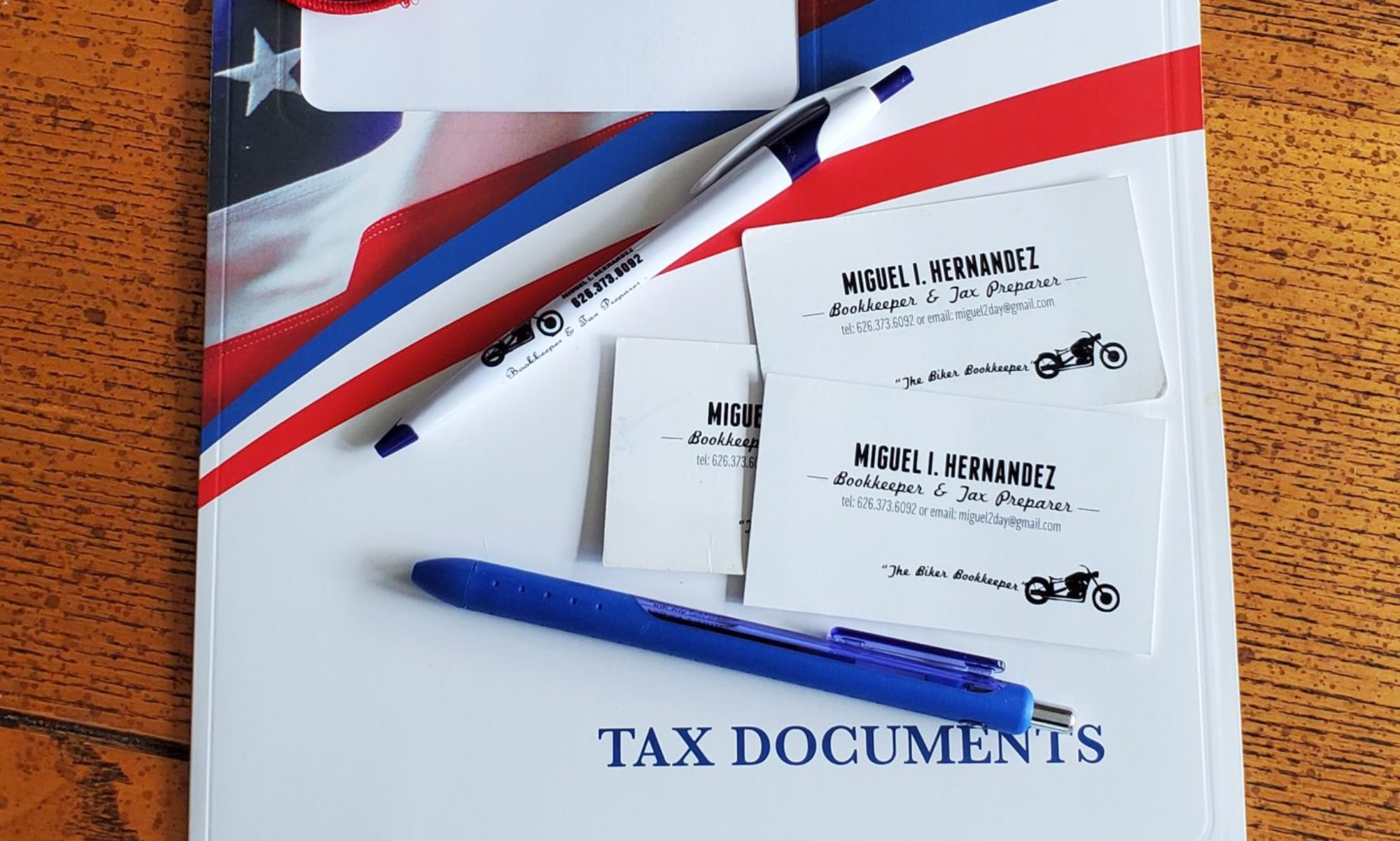What Is the Difference Between an Expense and a Liability?
Now you know what a liability and a expense is. A liability is something a business owes. A expense is something a business paid.
Can you tell the difference between a business expenses and a business liability?
A business expense is the cost of operations that a business incurs to generate revenue. Expenses are related to revenue, and both are listed on a business income statement. In short, expenses are used to calculate Net Income.
REVENUE – EXPENSES = NET INCOME
For example, if a company has more expenses than revenues for the past three years, it may signal weak financial stability because it has been losing money for those years.
A business liability is what the business owes over a period of time and incurred to keep the business open. Liabilities are related to assets, and both are listed on a business balance sheet. In short, liabilities are used to calculate Equity.
ASSETS = LIABILITIES + EQUITY
Expenses and liabilities should not be confused with each other. One is listed on a company’s balance sheet, and the other is listed on the company’s income statement. Expenses are the costs of a company’s operation (paid now), while liabilities are the debts a business owes (not paid but needs to pay at some point).

